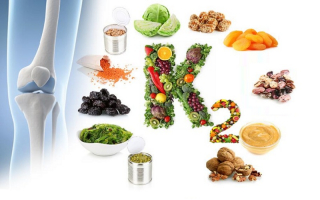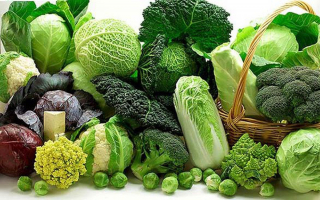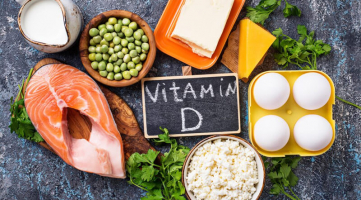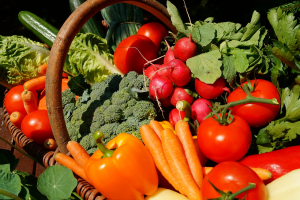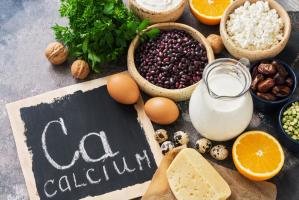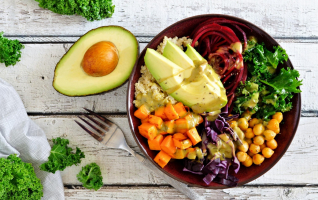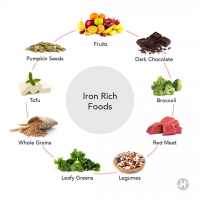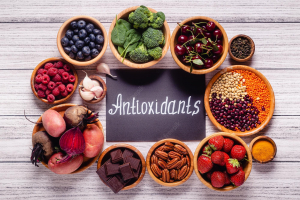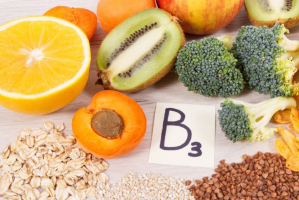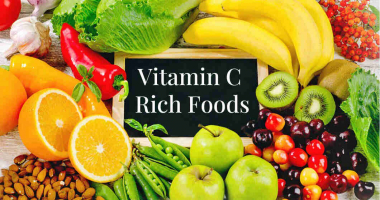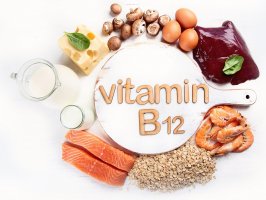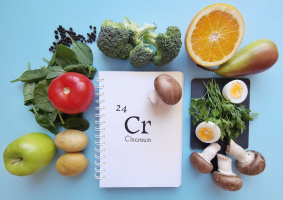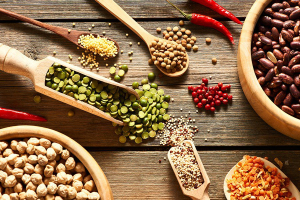Top 10 Best Foods High in Vitamin A
Vitamin A is necessary for good health and wellbeing. Because the human body is incapable of producing it, humans must acquire it from their food. Here are ... read more...some of the best foods high in vitamin A that you can add to your diet!
-
The carrot (Daucus carota) is a root vegetable that is frequently regarded as the healthiest food on the planet. It's crisp, delicious, and packed with nutrients. Beta carotene, fiber, vitamin K1, potassium, and antioxidants are all abundant in carrots.
601 micrograms of vitamin A are found in one big raw carrot (67% DV for men, 86% DV for women). Carrots also include 256 mcg of lutein and zeaxanthin, antioxidants that have been shown to lower the risk of chronic eye illnesses such as cataracts. Furthermore, lutein, in particular, has been related to increased cognitive function, according to 2018 research. Beta carotene is rich in carrots, an antioxidant that your body converts to vitamin A, giving orange carrots a vibrant color. This vitamin is important for growth, development, and immune function, as well as for good vision. Carrots include a variety of plant compounds, such as carotenoids. These are antioxidant-rich substances that have been associated with improved immune function and a lower risk of a variety of diseases, including heart disease, degenerative diseases, and some types of cancer. When you eat fat with carrots, you can absorb more beta carotene.
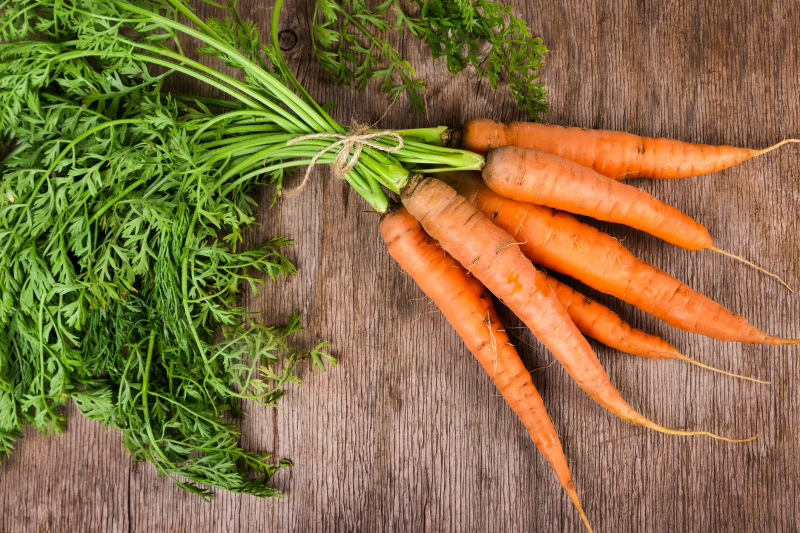
Carrots 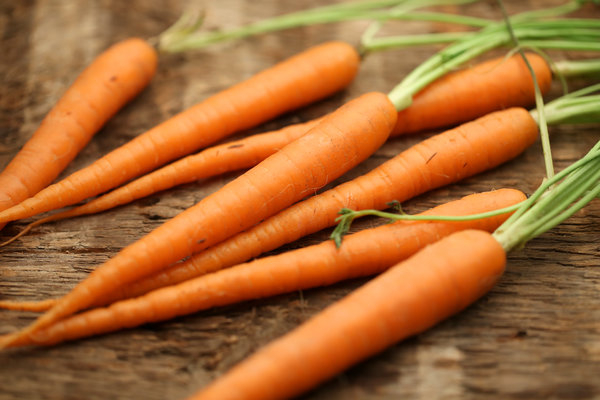
Carrots -
Tuna is a saltwater fish that may be found in diverse habitats from the Atlantic Ocean to Indonesia. Tuna fish is one of the most popular seafood species on the planet. Tuna is incredibly healthy, in addition to its abundance and meaty flavor.
Vitamin A is included in a 3-ounce piece of bluefin tuna fish (62% DV for men, 80% DV for women). With 1.36 g of monounsaturated fats, bluefin tuna is also a rich source of healthy fats. Monounsaturated fats should account for around 15% to 20% of your daily fat consumption, since these fatty acids reduce LDL or "bad" cholesterol levels, lowering your risk of heart disease. Tuna is high in omega-3 fatty acids but low in total fat, however, the fat content of various tuna types varies. 2 Fresh bluefin tuna, canned white albacore tuna, canned light tuna, fresh skipjack tuna, and fresh yellowfin tuna are the most prevalent types, ranked from most to least fatty.
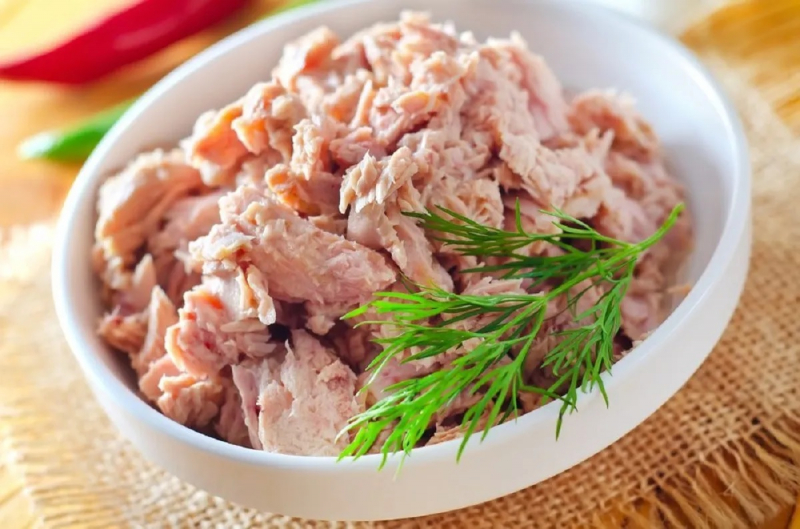
Tuna 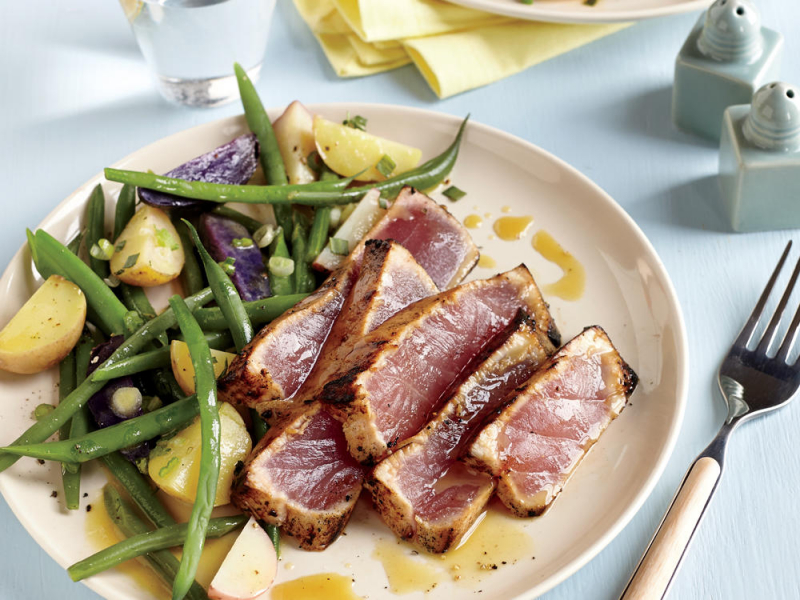
Tuna -
Butternut squash is a winter squash with bright orange flesh that is valued for its versatility and sweet, nutty flavor. Butternut squash, despite usually being mistaken for a vegetable, is actually a fruit. Butternut squash is high in vitamins, minerals, fiber, and antioxidants, as well as is delicious.
Many vitamins and minerals are abundant in butternut squash. Cooked butternut squash offers more than 450% of the RDI for vitamin A and more than 50% of the RDI for vitamin C in a one-cup (205-gram) serving. It's also high in carotenoids, which are plant pigments that give butternut squash its vibrant color. Carotenoids include beta-carotene, beta-cryptoxanthin, and alpha-carotene. These substances are provitamin A carotenoids, which your body transforms into retinal and retinoic acid, which are the active forms of vitamin A. Vitamin A is necessary for cell development, eye health, bone health, and immune system function. It's also essential for fetal growth and development, making it a crucial vitamin for expectant women.

Butternut Squash 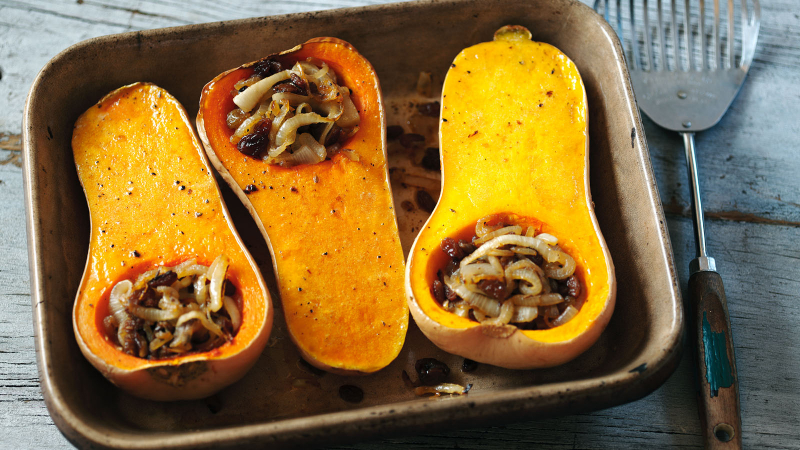
Butternut Squash -
The sweet potato (Ipomoea batatas) is a tuber that grows underground. It's high in beta carotene, an antioxidant that helps to raise vitamin A levels in the blood, especially in children. Sweet potatoes are nutrient-dense, fiber-rich, satisfying, and tasty. Boiling, baking, steaming, or frying is all options.
One full sweet potato, cooked in its skin, contains 1,403 mcg of vitamin A, or 156% of the daily value. Sweet potatoes are high in beta carotene, a kind of vitamin A that your body can convert. The recommended daily quantity of this vitamin is found in just 3.5 ounces (100 grams) of this vegetable. The research found that this compound may aid in the prevention of age-related macular degeneration (AMD). Beta carotene may also help protect against cancers like prostate cancer. Sweet potatoes are also low in calories, high in fiber, and have a low glycemic index, making them a good source of vitamin B6, vitamin C, and potassium. Serve a roasted sweet potato in the skin with a salad and a protein source, such as chicken, for a nutritious supper.
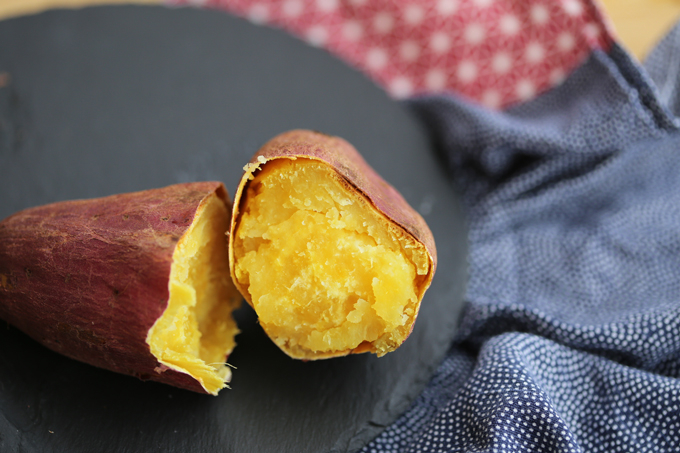
Sweet Potato 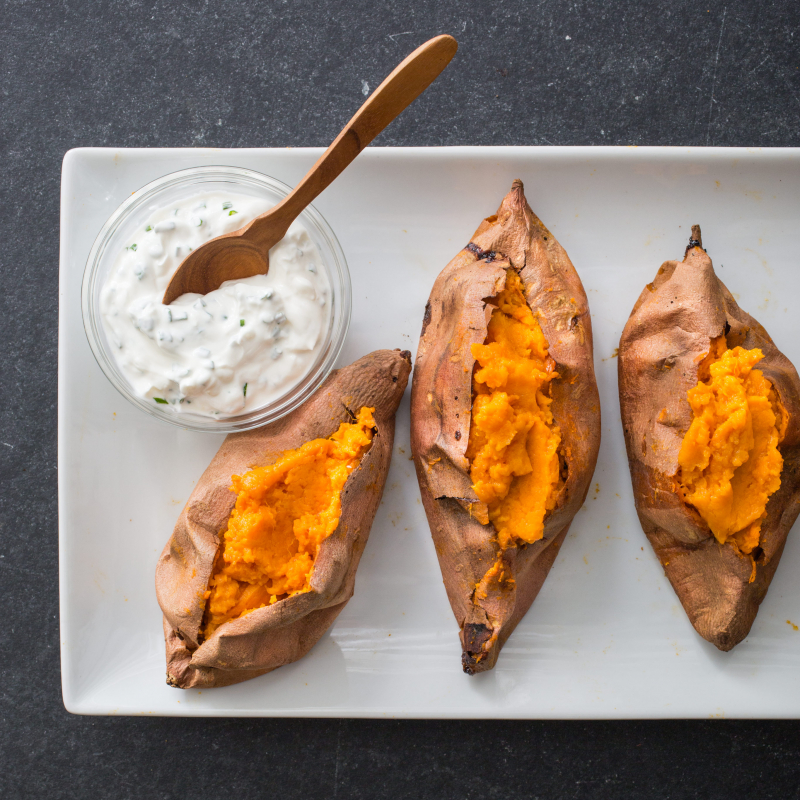
Sweet Potato -
Spinach is an excellent food to add to your diet. This leafy green vegetable is available all year and is high in vitamins and minerals. 943 micrograms of vitamin A are found in one cup of boiling spinach (105% DV for men, 135% DV for women). Your body uses the vitamin A in spinach to build tissues, including your skin, which is the largest organ in your body. Vitamin A not only improves the skin's immune system (by preventing sickness and damage), but it also keeps it moisturized, which reduces the appearance of fine lines and wrinkles.
This leafy green also contains 6.43 mg of iron per cup (35.7% DV). Iron is required for the production of hemoglobin, a protein found in red blood cells that delivers oxygen throughout the body, and myoglobin, a protein that gives oxygen to muscles. Spinach is high in potassium and other nutrients that your body requires. Potassium-rich foods can help you maintain a healthy blood pressure level. Spinach is high in lutein, an antioxidant that helps to prevent age-related eye problems including macular degeneration and cataracts. People who take lutein supplements have a lower risk of macular degeneration, which is the major cause of vision impairment and blindness, according to studies.
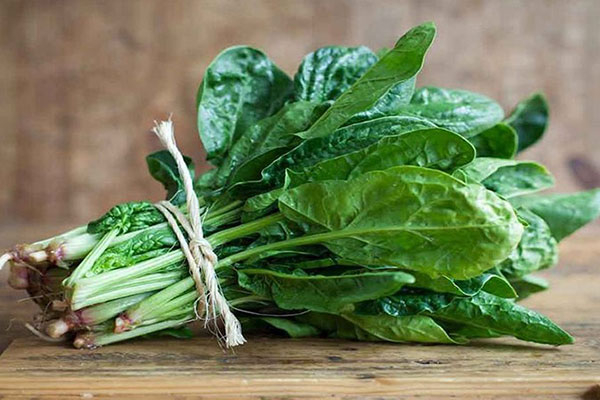
Spinach 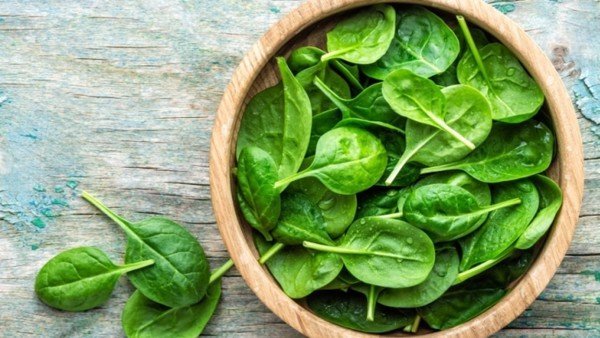
Spinach -
"This melon is a great choice when it comes to nutrients per calorie," said Heather Mangieri, a Pittsburgh-based registered dietitian, nutritionist, author and spokesperson for the Academy of Nutrition and Dietetics.
A cantaloupe, in fact, is packed with nutrients: it's high in vitamin A (in the form of beta-carotene) and vitamin C, and it's a rich source of potassium. A half-cup of this summer melon has 135 mcg of vitamin A, which is 15% of the daily value. Cantaloupe is an excellent source of vitamin C. Vitamin C is an antioxidant that boosts immune function and protects against a variety of diseases. Carotenoids, such as beta-carotene, are a kind of carotenoids. Carotenoids are pigments found in fruits and vegetables that give them their vibrant colors. Beta-carotene is converted to vitamin A or functions as a powerful antioxidant to help fight free radicals that attack your body's cells after being eaten. Vitamin A is crucial for eye health, red blood cell health, and immune system health. Fresh cantaloupe can be eaten itself, with additional fruits, or blended into a smoothie.
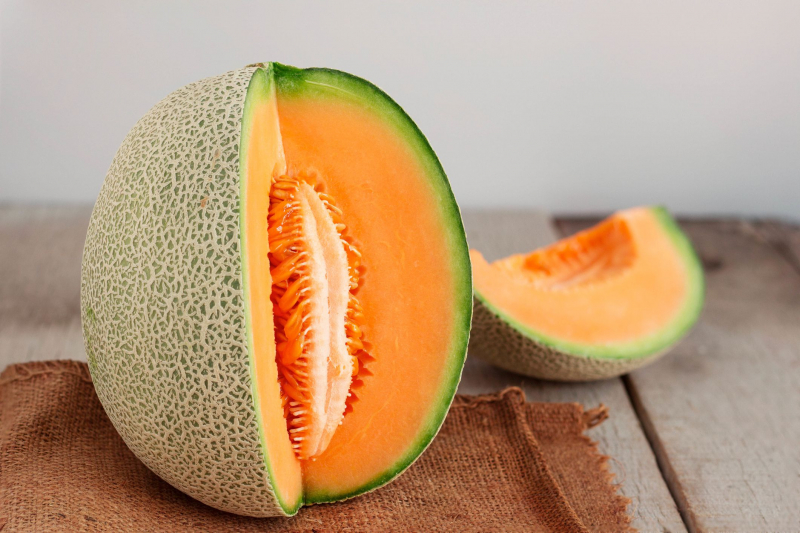
Cantaloupe 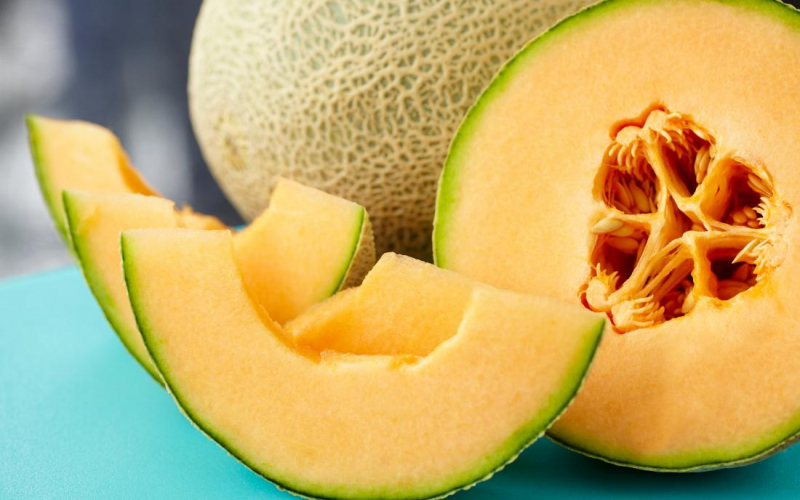
Cantaloupe -
Salads are one of the most nutritious foods. You'll get a healthy dose of many vital vitamins and minerals if your salad includes a range of veggies, such as leaf lettuce. Leaf lettuce, in particular, is high in vitamin A and offers a healthy addition to your favorite salad recipe.
One cup of shredded green leaf lettuce has 133 micrograms of vitamin A, which is 15% of the 900 micrograms required for men and 19% of the 700 micrograms required for women. One cup of shredded red leaf lettuce has 105 micrograms of vitamin A, which is about 12% of the daily intake for men and 15% of the daily allowance for women. Iron, calcium, and vitamin C are all found in small amounts in leaf lettuce. Leaf lettuce, in particular, is high in vitamin K, a nutrient that aids in regular blood clotting.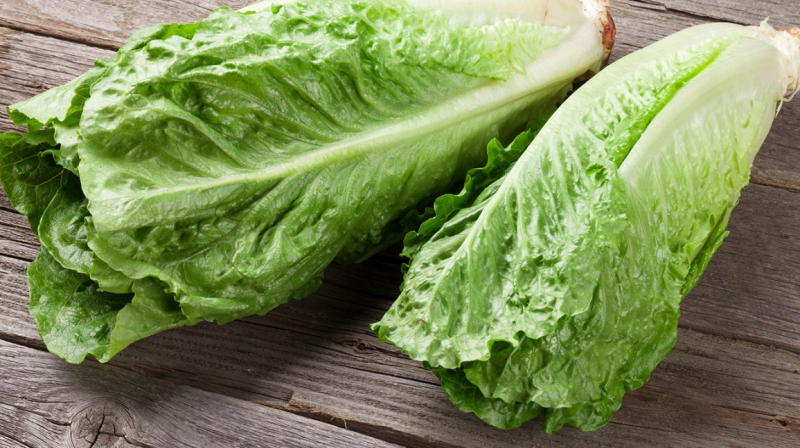
Lettuce 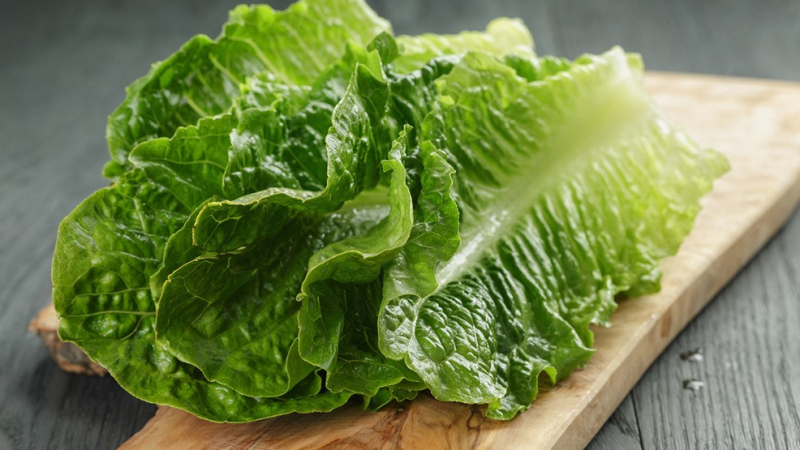
Lettuce -
Red bell peppers are most commonly seen in the vegetable produce section. Red peppers are widely available across the United States and may be found at supermarkets and farmers' markets. They're a great addition to a number of recipes because of their bright, sweet flavor.
They're also a good source of A and C vitamins. A half-cup of raw red pepper has 47% of your daily necessary vitamin A intake and 159% of your daily recommended vitamin C intake. Red peppers are high in vitamin A and beta-carotene, which are beneficial to your general vision and eye health. Vitamin A also aids in the maintenance of skin cells, the healing of wounds, and the formation of white blood cells. Several vitamins, minerals, and antioxidant substances are rich in red peppers. Red bell pepper is also the only Capsicum cultivar with little to no capsaicin, the ingredient that gives it its spiciness.
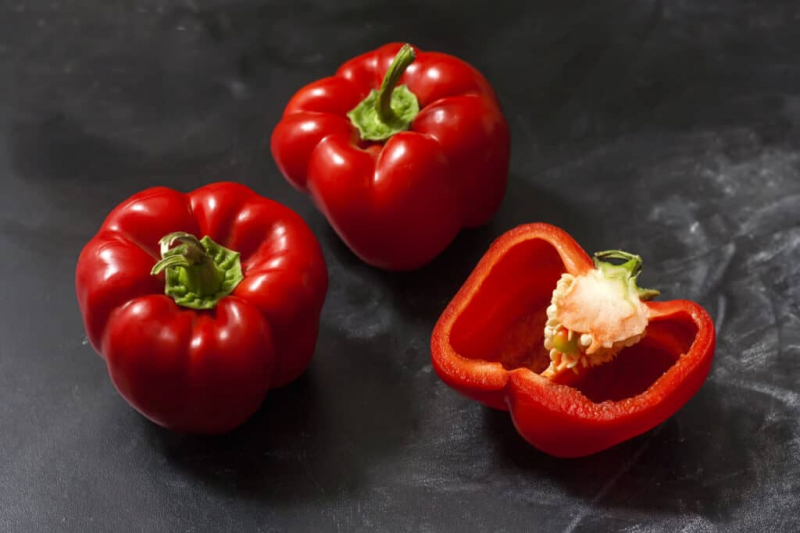
Red Bell Peppers 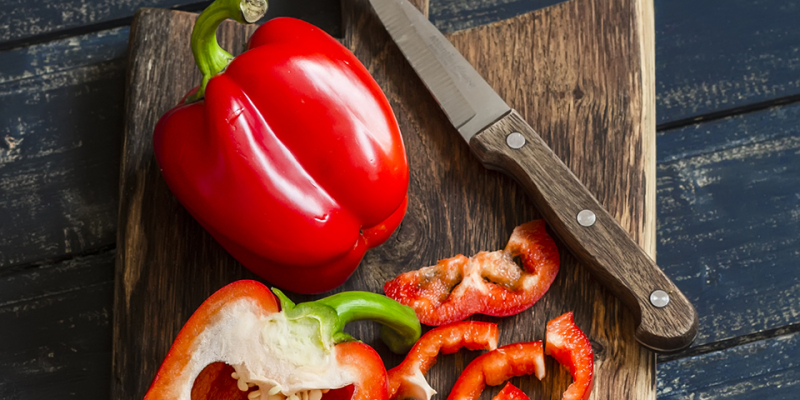
Red Bell Peppers -
Grapefruit is an excellent addition to a well-balanced diet. This is because it is high in nutrients yet low in calories. It is one of the low-calorie fruits. It contains a healthy quantity of fiber, as well as more than 15 vitamins and minerals.
Many other vitamins and minerals found in grapefruit, including vitamin A, are believed to boost immunity. Vitamin A has been demonstrated to aid in the prevention of inflammation as well as a variety of infectious disorders. B vitamins, zinc, copper, and iron are all found in small amounts in grapefruit. All of these things work together in the body to help the immune system function properly. Furthermore, grapefruit consumption has been linked to weight loss in various research. For example, one study revealed that those who ate grapefruit every day with their meals had a smaller waist size.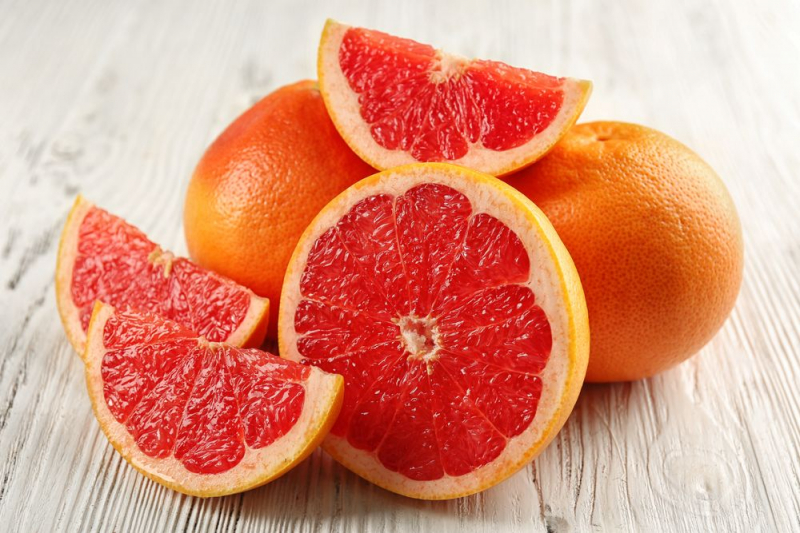
Grapefruit 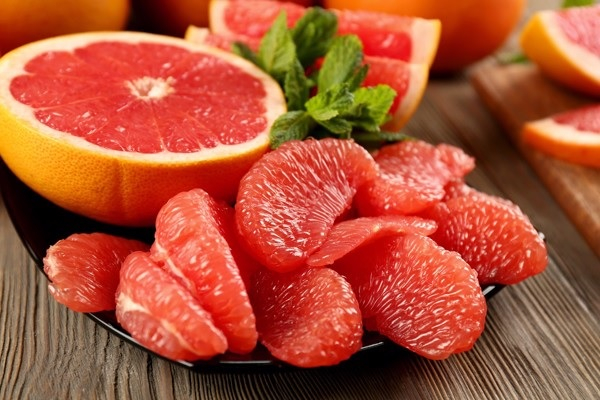
Grapefruit -
The high nutritious content of broccoli is one of its most attractive features. It's packed with vitamins, minerals, fiber, and other bioactive substances. Broccoli may be eaten raw or cooked, and both are healthy options with varied nutritional profiles.
Broccoli is another good source of vitamin A, with a half-cup containing 60 micrograms, or 7% of a person's daily requirement. Broccoli is low in calories and high in vitamin C and K. Vitamin K is necessary for bone metabolism and blood clotting, whereas vitamin C boosts immunity and has anti-inflammatory and antioxidant qualities. Broccoli, whether raw or cooked, is a good source of vitamin C. Half a cup (78 grams) of cooked broccoli has 84% of the daily recommended intake (RDI), which is more than one-half orange. Due to the presence of a substance called sulforaphane, eating cruciferous vegetables like broccoli may reduce a person's risk of developing certain cancers. Broccoli may be roasted, steamed, or fried, and it can also be added to soups or salads.
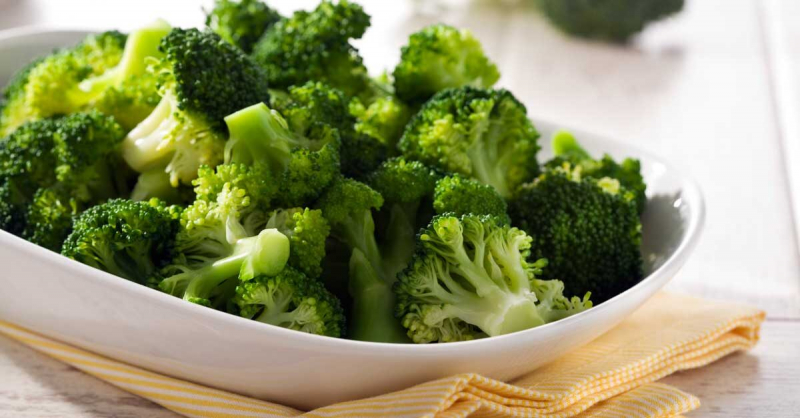
Broccoli 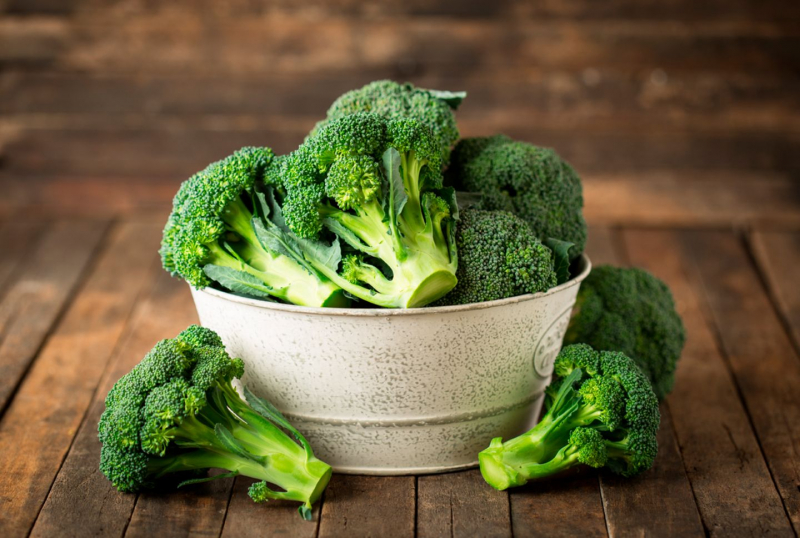
Broccoli












